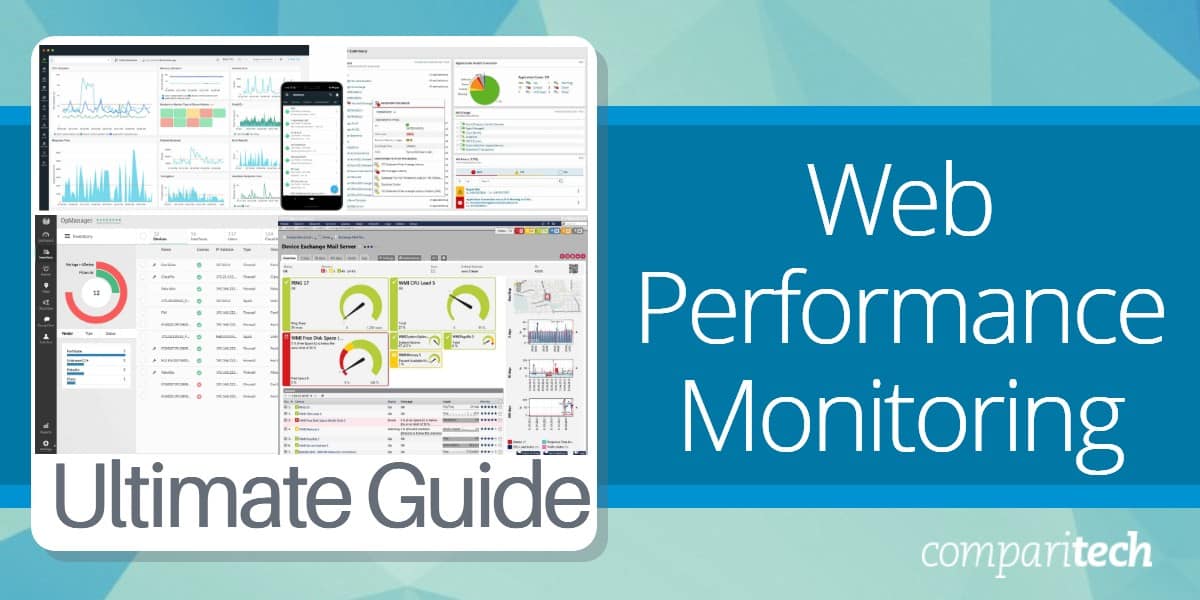
Scripting or Code-Related IssuesĮvery major website is built with thousands of lines CSS, HTML, and JavaScript code. For instance, instead of hosting video content on your servers, you can use any streaming service. Apart from compression, there are other techniques for optimizing the page size. To ensure your website pages load faster, all images and components need to be optimized or compressed wherever possible.



However, as the page weight increases, it may take longer to load. As a result, the average physical size of web pages has also increased. Most customer-facing websites today include high-resolution images. The ubiquitous availability of high-speed broadband and 4G mobile networks has made it possible for businesses to deliver better customer experience using rich multimedia content. These nodes usually cache static content from your website, including CSS and Javascript files, images, and other components. A CDN is a network of additional server nodes spread across the world to ensure faster response times and reduced latency. In such cases, you may consider implementing a CDN (content delivery network). In other words, the same page might load faster in the U.S. However, if your website is hosted in one region (e.g., California), but receives traffic from other regions (e.g., Europe), the user experience across these regions will vary. Server Locationīusinesses spread across multiple geographies have to ensure the website performance remains consistent across all regions. In case you have a self-hosted setup, you can check out this guide for web server monitoring. If your website is using shared hosting and is regularly facing resource issues, you may consider switching the ISPs or choose a higher plan with more CPU, RAM, and disk space. In most cases, your hosting provider is responsible for maintaining the servers. If your server is unhealthy, these requests take longer to process. Every time a browser pings your server, it’s requesting the server to load or transmit some data to your website. The performance of a web server directly impacts your website’s performance. Top Factors Affecting Web Performance Server Performance You should consider compressing images and text to reduce the page size using Gzip. It should be noted, the overall page size has a significant impact on the page loading speed. Speed Index: 4.782 seconds (desktop) and 11.455 seconds (mobile).TTFB (Time to First Byte): 1.2 seconds (desktop) and 2.594 seconds (mobile).The other major indicators measured by Backlinko are as follows: “The average page loading speed (fully loaded) for a web page is 10.3 seconds on desktop and 27.3 seconds on mobile.” According to Backlinko, which provides one of the most updated stats, the average web page loading time is around 87% higher on mobile as compared to desktop. When it comes to page load speed, there are several reports and guides, including this one from Google, which recommends page optimization for mobile as a high priority. Modern web performance monitors also help you track user experience or UX-related cues such as page loading spinner, click and hover interactions, animations, scroll, and more. Lazy loading (loading images or other elements gradually as the user scrolls down a page, instead of loading the entire page in one go) used in modern image-heavy websites is a good example of perceived performance optimization. Web performance monitoring tools can also help you improve the “perceived performance” of your web pages, making them appear to load faster than they do. With the regular monitoring of your web applications, you can identify any lingering, hidden, or cyclical issues, and also get higher readiness to deal with unexpected spikes. Most web performance analyzers help you check website status or uptime and track critical indicators such as page size, time to first byte, broken links, database performance, CPU utilization, and more. Web performance monitoring refers to the set of practices and tools helping you monitor your web application using various metrics and technical parameters affecting the page load speeds and user experience. In this article, we’ll discuss how you can monitor your website’s performance and make it faster using the best practices and web performance monitoring tools. Slow performing pages or those lacking mobile optimization can not only lead to increased bounce rate but can also impact your search engine rankings. You need to optimize your web pages regularly to deliver a better experience. In this competitive digital environment, ensuring your website remains live 24/7 isn’t enough. Today most businesses have a significant digital footprint and some rely heavily on their web applications for delivering value to their customers and generating revenues.


 0 kommentar(er)
0 kommentar(er)
